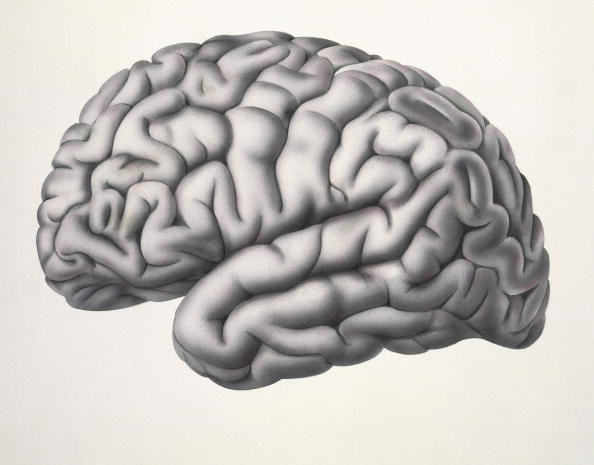Electric stimulation of the brain boosts creativity and problem-solving skills
The participants were given 'matchstick problems' to solve.

Electrical brain stimulation can improve people's ability to think creatively, scientists have said. They became better at solving little arithmetic problems which required 'thinking outside the box'.
We tend to complete tasks and tackle problems using our past experiences, applying previously learnt rules. These cognitive processes are efficient and reliable but they sometimes limit our ability to think creatively about an issue and to come up with fresh, innovative solutions.
A number of studies has suggested that an area of the brain known as the left dorsolateral prefrontal cortex (DLPFC) – the latter part of the front of the brain – is involved in learning and reasoning. There is evidence that it is implicated in automatically applying learned rules to solve problems.
In 2005, a paper published in the journal Brain showed that people with lesions in this area of the brain were more able to succeed at creative problem-solving, as this area wasn't able to function as well.
Drawing from these findings, a study which now appears in the journal Scientific Reports has tested a technique called transcranial direct current stimulation (tDCS), which electrically stimulates the brain. It involves passing weak constant electrical current through electrodes positioned over the scalp to modulate the excitability of the DLPFC.
The technique is safe and temporarily suppresses the activity of this area of the brain and the scientists examined what impact this had on people's ability to solve problems creatively.
Matchstick problems
The researchers recruited 60 participants and instructed them to solve a number of puzzles before and after receiving one of the following interventions: DLPFC being suppressed with tDCS, this brain region being activated, and this region being unstimulated.
The puzzles the participants had to solve are called "matchstick problems". In front of them, mathematical equations are written with matches in Roman numbers. These equations are wrong and people have to correct them by moving only one match.

"Some of these problems really require thinking out of the box and most people actually don't manage to solve them because they directly apply the arithmetical rules they have learnt in school. But these are no use here, people actually need to relax previously learnt rules to come up with a solution," first author of the study Caroline Di Bernardi Luft, from Queen Mary University London, told IBTimes UK.
The researchers found that participants whose DLPFC had been temporarily deactivated by the electrical stimulation were more likely to relax previously known rules and to solve the most complex matchstick puzzles. tDCS thus appeared to boost their creative thinking.
It is too early to say how these findings could be used in therapeutic contexts, and more research is needed. It is worth noting that suppressing the DLPFC can limit people's ability to solve other types of cognitive tasks where this area of the brain is needed.
"This technique (tDCS) is being investigated more and more and studies have shown that it improves different aspects of cognitive function. Oncee we figure out exactly how it works on the brain, and the variability in people's response to tDCS, we will be in better position to understand how it can be used in therapeutic contexts," Di Bernardi Luft concluded.
© Copyright IBTimes 2025. All rights reserved.






















